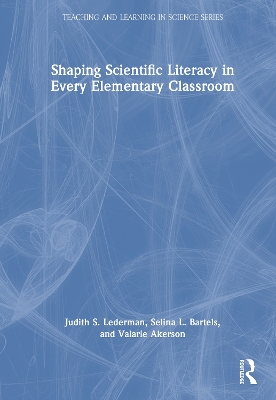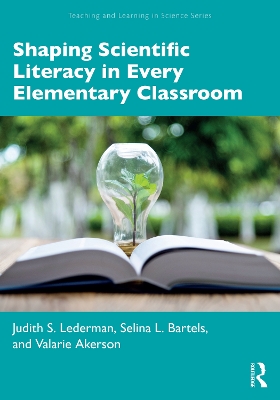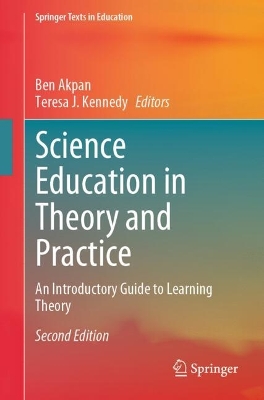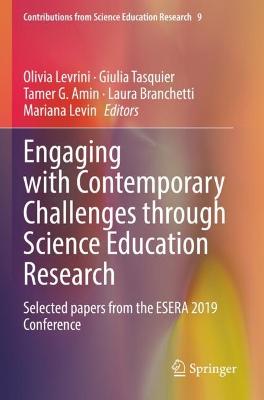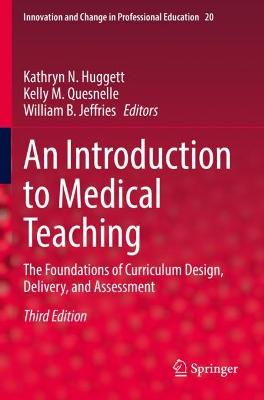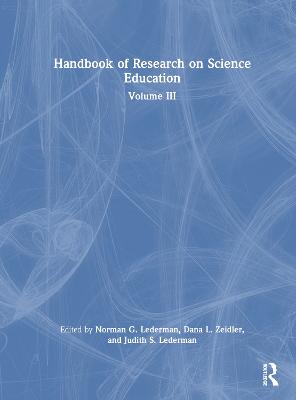Engaging with Contemporary Challenges through Science Education Research
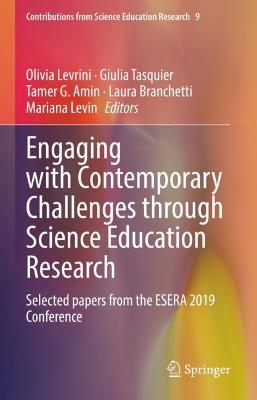 portes grátis
portes grátis
Engaging with Contemporary Challenges through Science Education Research
Selected papers from the ESERA 2019 Conference
Tasquier, Giulia; Levrini, Olivia; Branchetti, Laura; Levin, Mariana; Amin, Tamer G.
Springer Nature Switzerland AG
09/2021
329
Dura
Inglês
9783030744892
15 a 20 dias
729

